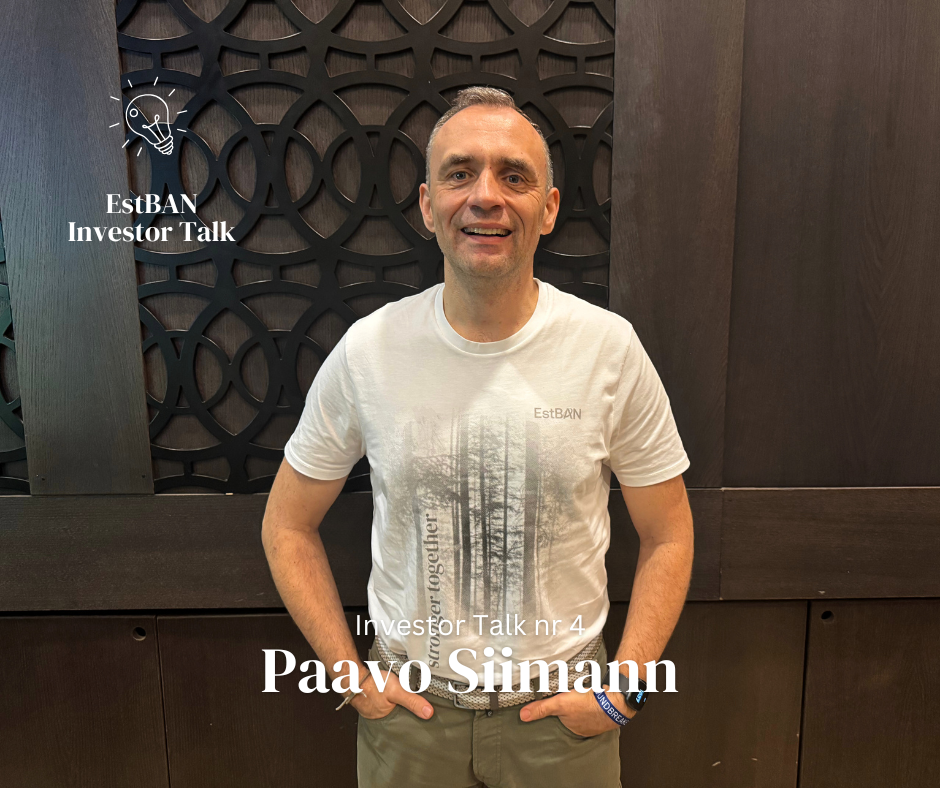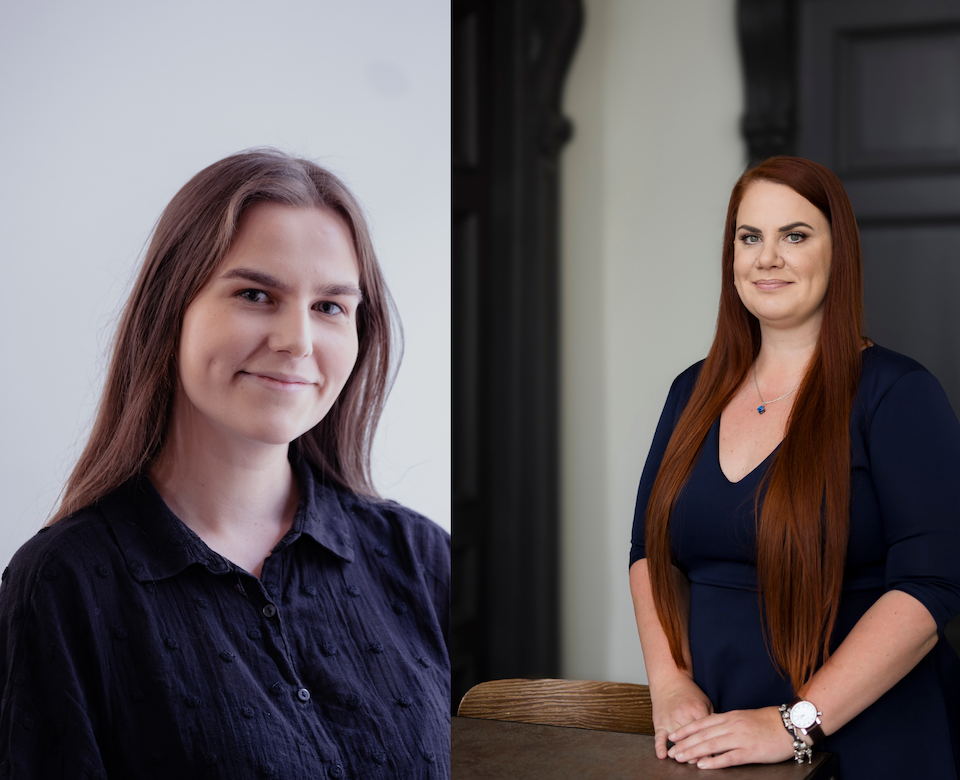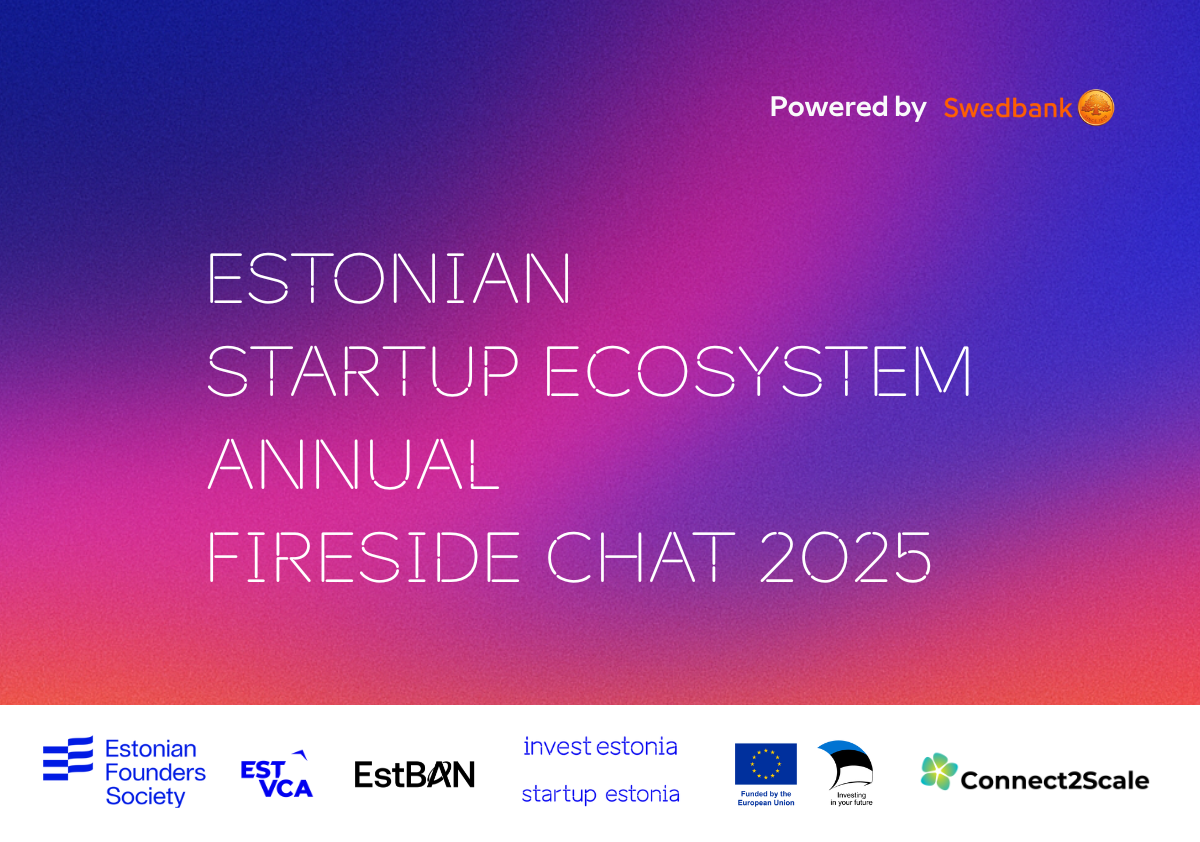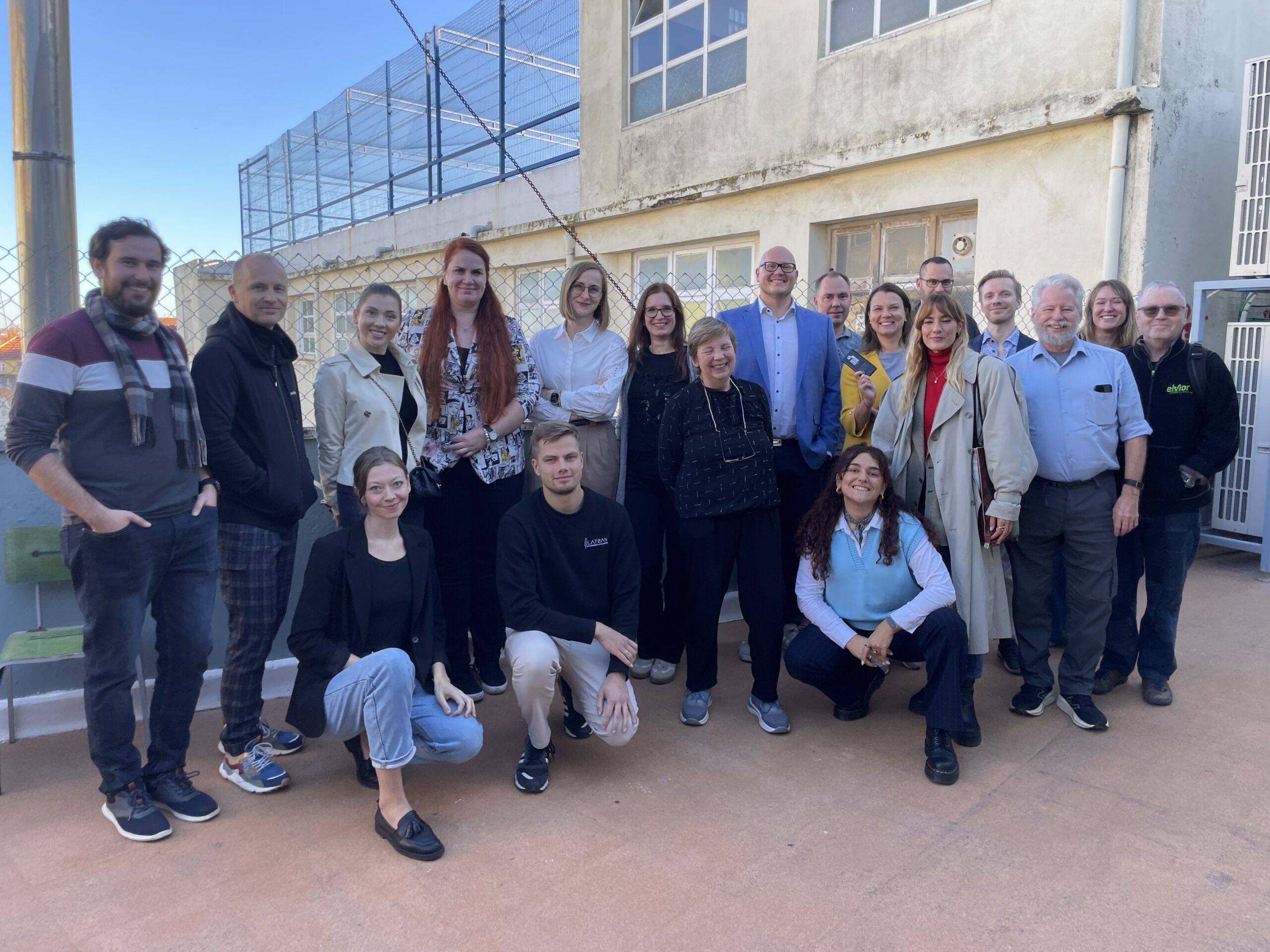We had a good chat with Paavo Siimann, EstBAN member since 2018. Paavo is energetic as a person and passionate about numbers in his work. His journey from a CFO position to university lecturer and investor is a beautiful way of giving back to society. He has some thoughtful advice for novice angels and he’s not shy to stress the importance of good networking skills and people around you.
You seem to be very active in the startup sector. Which professional hats do you wear?
In 2017, I transitioned from my role as Finance Director to concentrate on education and expanding my investment portfolio. Currently, I instruct master’s students at TalTech in accounting, financial analysis, and business performance management. I’m also a mentor and trainer, with a strong desire to increase people’s financial literacy. And I host a monthly show “Financial News in Focus” (Finantsuudised fookuses) in Äripäev Radio. I view all these endeavors as my way of contributing back to society.
What’s your investor journey been like?
I have studied accounting and financial analysis, driven by a lifelong passion for numbers. In 2006, I bought my first stocks, Tallinna Kaubamaja (now TKM Grupp) and Saku Brewery shares. Recognizing that merely saving money was insufficient due to inflation, I decided to build an investment portfolio. By 2014, I began diversifying into various asset classes. In 2018, I became a member of the Estonian Business Angels Network (EstBAN) and by 2019, I expanded my investments into startups.
What has belonging to EstBAN taught you?
Despite my background as a financial analyst, I quickly realized that evaluating startups required a completely different skill set. Lacking the confidence to dive into startup investing on my own, I came across the Nordic Angel Program on the EstBAN website and decided to join. The program began with an introduction to startup terminology by Ivo Remmelg and, over six months, Estonian and Finnish experts led workshops on everything from founder evaluation to product-market fit. The legal aspects were particularly complex, investing in startups demands a vastly different approach compared to traditional businesses. But by the end of the program, I felt much more confident.
Once I met a Chinese investor who had backed 5,500 companies, of which only 500 were successful. That conversation visualized that angel investor should aim for at least 30 investments to improve their chances. Startup investing is, without a doubt, one of the riskiest asset classes.
Lessons learned
- For every investor, the first major economic crisis is the most stressful. Mine came with the collapse of Lehman Brothers. I was fortunate not to panic and sell at the bottom, but at the same time, I didn’t yet seize the opportunity to buy at the bottom either.
- I invested in Planet42 during its second funding round and at the time, I didn’t fully grasp how future fundraising rounds would be structured, which taught me that many factors influencing startup success are beyond investor’s control. However, I believed in the team and the strong market demand for their service. And I understood that early investments offer the highest potential return multiplier (x). Before the market downturn, my investment had grown 3.3x, a reasonable outcome for that period.
- I’ve also overestimated some founders. Had I been more aware of the wide variations in financial literacy among them, I would have approached certain deals with greater caution.
Have you had any successful exits during your angel investor period?
In the startup world, a full cycle typically spans around 12 years. So, let’s revisit this conversation in 6–7 years, I prefer not to make any judgments at the moment.
How do you keep yourself informed?
I read every investor report that lands in my inbox, whether long or short, well-written or not. I regularly listen to podcasts like LHV Turutegijad and Swedbank’s Investeerimisjutud. When it comes to startup news, networking events are the most valuable source of information. EstBAN pitch events provide a glimpse into what investors are focusing on, and word-of-mouth remains unmatched for gaining real insights. That’s why I actively participate in events – to stay connected and ahead of the curve.
Advice for Beginners?
- Jason Calacanis’ book “Angel” is a classic starting point for anyone exploring the world of early-stage investments.
- To better understand the psychology behind decision-making, Daniel Kahneman’s Thinking, Fast and Slow is an essential read.
Favorite Sector to Invest In?
I’m particularly drawn to sectors that directly enhance people’s quality of life. That’s why my portfolio includes FitSphere, a movement app that encourages physical activity, and Bikeep, a micromobility solution improving urban mobility. Investing in businesses that create tangible, positive change is especially meaningful to me.
While I take a sector-agnostic approach, focusing primarily on scalability, I have a strong interest in ed-tech. I see its potential to transform learning, though it remains a challenging sector due to limited funding and high customer acquisition costs. As an investor, I approach it with caution, but as an educator, I’m excited about how technology can simplify and enhance the learning experience.
If you look at your students, what’s the future like?
Since the pandemic, I’ve observed heightened engagement among my master’s students, many of whom already manage their own investment portfolios. While it’s possible to acquire knowledge without pursuing a degree, the caliber of connections established during university years is invaluable. This sentiment extends to my experience with EstBAN, where the networking opportunities significantly enhance the value of membership.
Read also our other interviews in the Investor Talk series:




